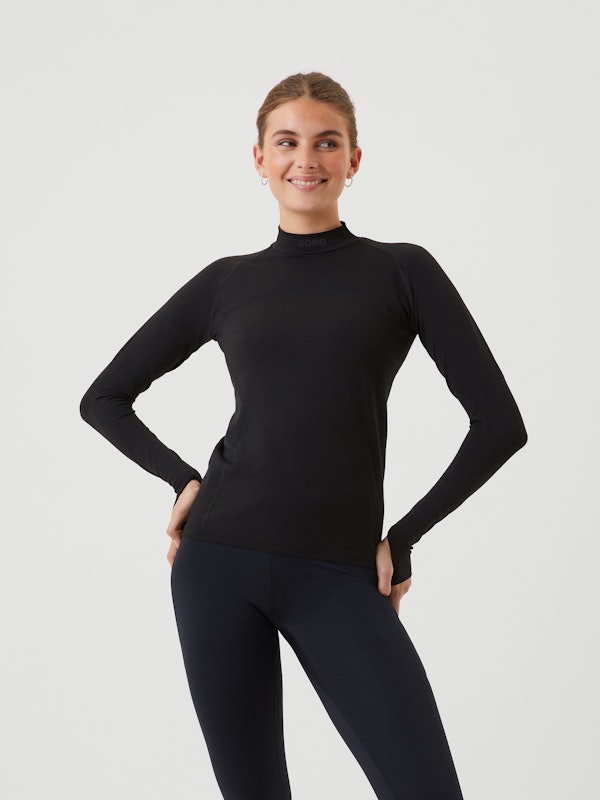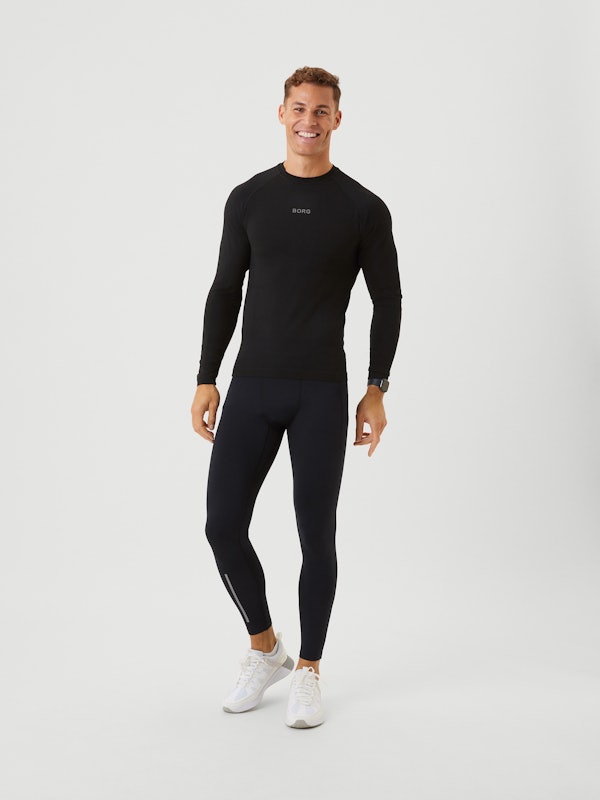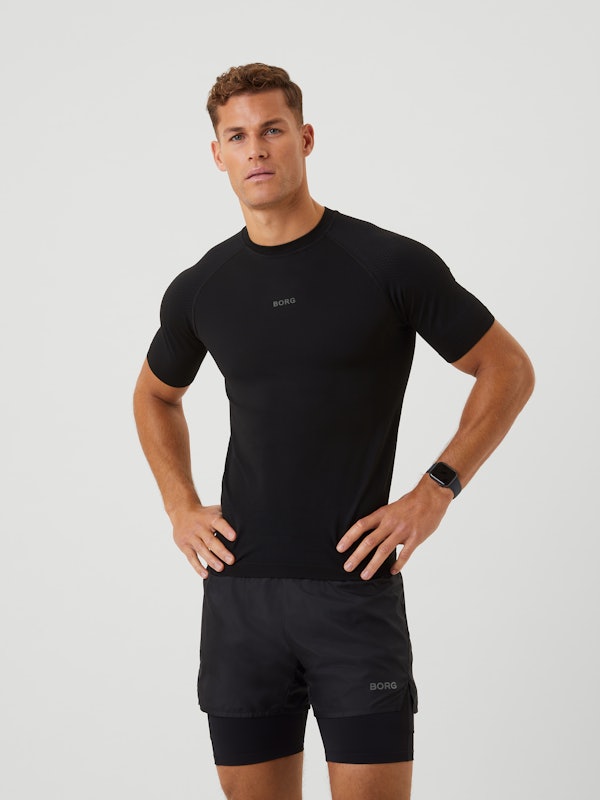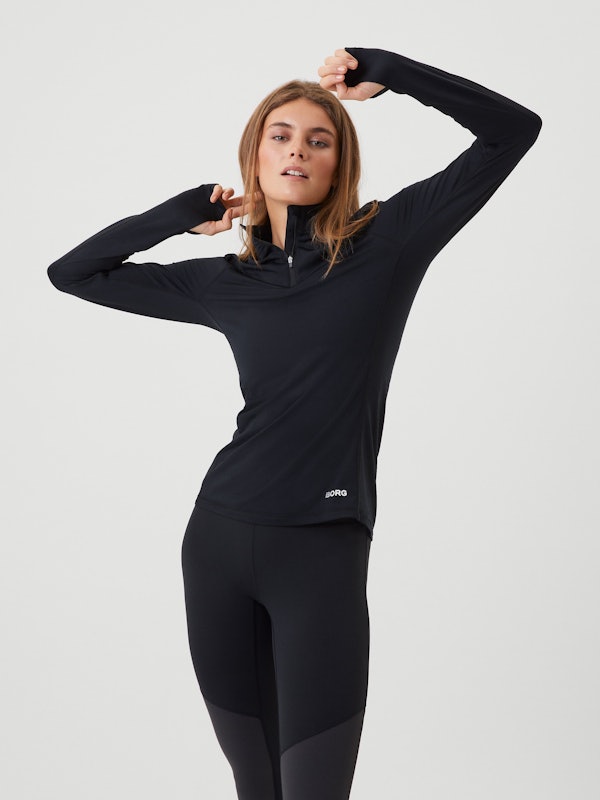
Interval training – Intervals for running
Do you want to run faster and get better running strength? Then intervals are a really good tip to add to your training routine. In addition to improving fitness, interval training also gives you increased oxygen uptake, which makes both the heart and lungs stronger.
Here we show you some different types of intervals for running, both short and long - we'll also go through popular and effective Norwegian intervals. Follow along and find inspiration for your next running session!
Interval training outdoors or intervals on a treadmill
Interval running involves running fast for a short distance, then slowing down to recover, and then running fast again.
You can of course do running intervals both outdoors and on the treadmill at the gym. Many treadmills also have ready-made interval programs to choose from, and otherwise there are plenty of apps at hand to set your intervals.
Maybe your goal is to run a race with a certain distance, maybe you want to improve your speed, or maybe you're new to running and want to alternate between faster and slower pace. Regardless of your goals and conditions, intervals are a really good addition to add to your training program. They can also be varied infinitely!
Various types of intervals
When it comes to intervals, there are many different variations to choose from. You can either run fast for a set amount of time before slowing down, or you can choose to run a certain distance at a faster pace before slowing down.
Remember to warm up before your intervals by jogging at a leisurely pace for 10-15 minutes to get your blood circulation going and prepare your body for the session. After you finish your intervals, wind down with a light jog and stretch.
Ladder - An example is running intervals as a ladder, it first involves a longer distance and then gradually decreases:
Run 1400, 1200, 1000, 800, and 600 m with 2 minutes rest between each distance. Challenge yourself and try to increase your speed when you get to the slightly shorter distances.
Pyramid – Pyramid intervals means that you run a distance or for a certain time starting with the shorter one, then increasing between each interval and when you reach the top of the pyramid you step back down. That is, for example, like this:
1-2-3-4-3-2-1 minute, with an active rest of walking or light jogging lasting half the time of the previous interval. Try to pick up the pace especially during the shorter intervals to challenge yourself and pick up the quickness of your running stride.
Threshold Intervals – Threshold intervals mean that you run at your highest possible speed when running longer distances. You do this a certain number of times during a set time, with active jogging rest between the intervals. You can find the threshold speed by starting from the lactic acid threshold, that is, so that you do not draw on lactic acid, usually between 85-90% of your maximum heart rate. The pace should be at a level where it feels a little hard but still doable for a longer period of time. Threshold intervals are effective for getting better at longer distances and being able to gradually "move forward" fatigue. For example, run:
3 x 12 min threshold speed with 3 min active rest with walking or jogging between the intervals.
Hill intervals - Running uphill requires both fitness, strength and will - as it is tough resistance - but it gives a really good effect! Find a good hill and run up and down as many times as you can manage or a predetermined number of sets or time. Run up and walk/jog down the hill.
Get the look for the run
Get around the running track or give it your all on the treadmill at the gym - and do it in style. Here you will find inspiration for training clothes for women, with everything from running tights to long-sleeved t-shirts. Take a look at our sportswear for men and find, for example, comfortable training tights and windbreakers. We simply have the clothes that are perfect for running.


- -20%

- -20%

- -20%

Seamless
- -20%

- -20%
- -20%

- -20%

- -20%

- -20%

- -20%

- -20%

Seamless
- -20%
#traintolive
Short & long intervals
Mix up your running routine and include both long and short intervals in your training schedule - it will be both more fun and you will get the best effect if you vary your running. A good tip is that if, for example, you run two interval sessions a week, let one of them be shorter intervals and one session be longer intervals or increasing intervals.
Short intervals help you improve your fitness, get faster and get good pressure in your running stride. The short intervals are also good for beginners to get started with running. Long intervals train your ability to maintain a faster speed for a longer period of time.
Below you will find some examples of both short and long intervals that you can run.
Short intervals
10x400m - rest 1 minute between each interval - preferably an active rest with walking. As you progress, you can take shorter breaks in between.
Another example of short intervals are so-called Tabata intervals:
Tabata involves 8 intervals consisting of 20 seconds of work and 10 seconds of rest. The sum of these intervals is four minutes. You exert yourself maximally for 20 seconds, rest for 10 seconds, and repeat this a total of eight times.
Short-short intervals mean short intervals with short rest, for example:
10 x 10 sec with 20 sec jogging rest. You run for 10 seconds at a high speed, after 10 seconds you slow down and jog for 20 seconds before increasing again and running close to maximum for 10 seconds. Rest 2 min between each set. Do 2-5 sets, depending on your level.
Long intervals
Long intervals mean that you run for a few minutes and then have a couple of minutes of active rest in between. The active rest means walking or light jogging, so that you are constantly moving.
6 x 4/2 minutes. Run 4 minutes, then run 2 minutes walking rest. Repeat 6 times.
6x1000 meters with an active rest with jogging of 1-1.5 minutes between each interval.
What are Norwegian intervals?
One type of long intervals is called Norwegian intervals and is a common and popular interval workout.
The name comes from the Norwegian national ski team led by Marit Bjørgen, who often run this type of intervals. In Norway, they tested and compared different types and methods of cardio training and concluded that the arrangement that gave the best effect was long intervals.
The interval session is carried out by running for 4 minutes at around 90-95% of your maximum heart rate, followed by 3 minutes of calmer rest at around 70% of your maximum heart rate. This is repeated 4 times, i.e. 4×4 intervals. This means that the session will be approximately half an hour - an intense and also perfect session to do if you are a little short on time.
Do you want to read more about running? Check out a marathon training program, find a good running technique, or why not learn more about plyometric training to improve your running?
Good luck with your interval training!
Related articles
Training
5 tips to get started with training
We want to help you find the motivation for training so that you can become the best version of yourself. Here are 5 effective tips on how you can get started with your training!
Read moreTraining
Leg workout at home - 10 great leg exercises for legs, thighs & calves
You can train legs at home without equipment, just with your own body weight, and of course also with the help of, for example, dumbbells and exercise bands. For this workout, you need just such a rubber band. Here we go!
Read moreCollections / Guides / Stories
Stylish, comfortable & functional running clothes
Follow along and find inspiration for your next run with stylish running clothes for both men and women.
Read moreInterviews / Stories / Training
Marathon training plan
Take part in a packed marathon training plan.
Read more















